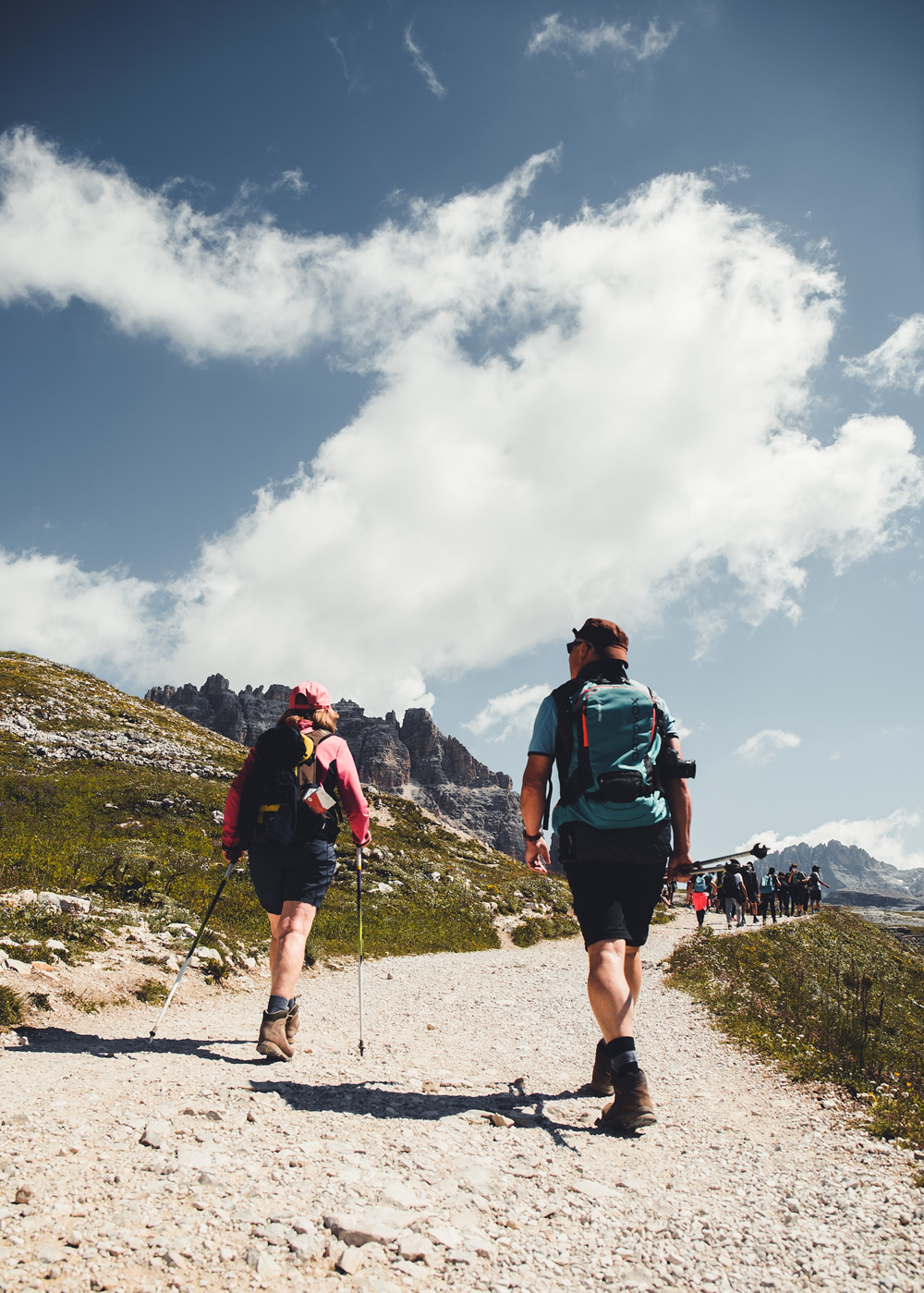5 good reasons to choose leather for your footwear
You can choose between synthetic and leather
Leather is the most resistant and robust
Leather is more durable
Leather offers the best fit
Lasts are responsible for a shoe's fit. The last is the name given to the plastic model of a foot, around which the boot is shaped. They come in different sizes and for different foot shapes. Lasts enable the upper of a boot to be shaped as required. And unlike soft synthetic fabrics, leather retains its shape, regardless of the number of shipments or the age of the boot.
Leather adapts superbly to the foot
- Ensure proper drying by placing them in a well-ventilated area after each use.
- Avoid exposing them to intense sunlight or high temperatures during drying, to avoid weakening the leather.
- Perform regular polishing and nourish the leather with appropriate products. Find out more about our shoe care products.
- Avoid using oil or grease, as these may alter the leather's breathability.
- Maintain leather by applying hand cream from time to time, to preserve its suppleness.
- Take care of the environment to avoid damaging leather with stones, sharp objects or abrasive surfaces.
Leather makes your shoes superbly comfortable
Leather is durable
In conclusion, there are plenty of good reasons to choose leather for your shoes
As you may have noticed, leather has many undeniable qualities. The preferred option, especially for rugged hiking boots and mountain shoes, remains the leather upper. Shoes made largely of fabric can be heavier and often more expensive. However, leather often manages to counterbalance these aspects thanks to its undeniable longevity. What's more, its fit remains superior, especially when paired with a leather lining.



















































